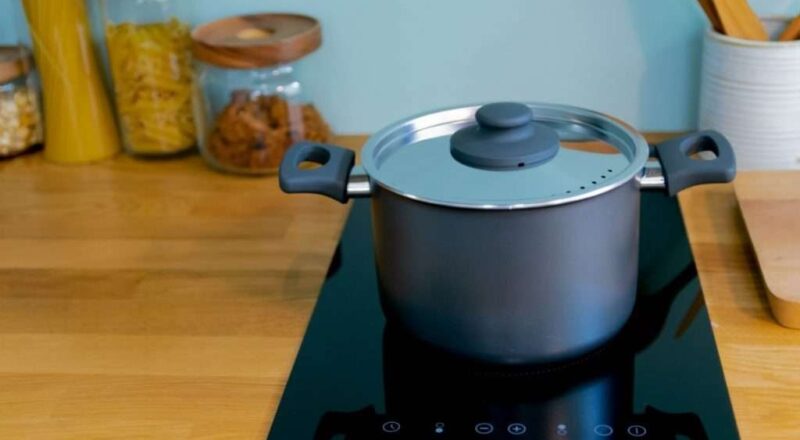As the modern kitchen evolves, many home cooks and kitchen professionals are exploring new ways to enhance their cooking experiences. A popular choice today is everyday cooking with cast iron on induction. This method combines the timeless reliability of cast iron with the efficiency of induction cooking. In this article, we’ll dive into the world of cast iron on induction, offering tips, tricks, and insights to optimize your culinary creations.

The Benefits of Induction Cooking
Induction cooking has gained popularity due to its energy efficiency and precise temperature control. Unlike traditional methods, induction uses magnetic fields to heat cookware directly, making it fast and responsive. When paired with cast iron, induction becomes a powerful tool for everyday cooking.
Why Choose Cast Iron?
Cast iron is celebrated for its durability and excellent heat retention. This makes it perfect for slow cooking, searing, and even baking. Its versatility and ability to withstand high temperatures make it a favorite among both amateur and professional cooks. When used on an induction cooktop, cast iron can deliver exceptional results.
Compatibility of Cast Iron on Induction
Not all cast iron cookware is created equal. To ensure compatibility, check if your cast iron piece is induction-ready. Look for a flat base and a magnetic property to ensure a smooth cooking experience.
Seasoning Your Cast Iron
Proper seasoning is crucial for maintaining the non-stick quality of your cast iron. Learn how to season your cast iron specifically for induction cooking to enhance its performance and longevity.
Tips for Cooking with Cast Iron on Induction
Preheating Your Cookware
Preheating is essential for achieving even cooking. Allow your cast iron to heat up gradually on an induction cooktop to avoid cold spots and ensure even heat distribution.
Avoiding Uneven Browning
To prevent uneven browning, keep the cookware moving slightly during cooking and monitor the heat settings closely.
Managing Temperature Changes
Induction cooktops offer precise temperature control. Use this feature to your advantage by adjusting heat settings according to your recipe’s requirements.
Cleaning and Maintenance
Proper cleaning and maintenance are vital for extending the life of your cast iron. Avoid harsh detergents, and instead, opt for mild soap and warm water. Dry thoroughly to prevent rusting.
Common Challenges and Solutions
Tackling Cold Spots
Cold spots can be an issue when cooking with cast iron. Ensure your cookware covers the entire induction zone to promote even heating.
Dealing with Weight
Cast iron is known for its weight, which can be a challenge on induction cooktops. Use cookware with a stable base and handle with care to prevent damage to the cooktop surface.
Handling Induction-Specific Concerns
If you’re new to induction cooking, learn about potential concerns to ensure a smooth transition from traditional cooking methods.
FAQ Section
Can I use any cast iron on induction?
No, not all cast irons are compatible. Ensure your cast iron is induction-ready by checking its magnetic properties and base.
How do I avoid damaging my induction cooktop?
Use cookware with a smooth, flat base to prevent scratches, and avoid dragging heavy pots across the surface.
What’s the best way to clean cast iron?
Avoid harsh detergents. Clean with mild soap and water, dry thoroughly, and apply a thin layer of oil to maintain seasoning.

Conclusion
In conclusion, everyday cooking with cast iron on induction opens up a world of culinary possibilities. By understanding the benefits, challenges, and best practices, you can enhance your cooking experience and create delicious meals with confidence. For further reading on the pros and cons of induction cooktops, visit Consumer Reports for additional insights.
This article contains affiliate links. We may earn a commission at no extra cost to you.

